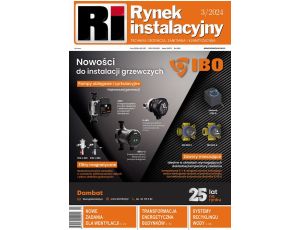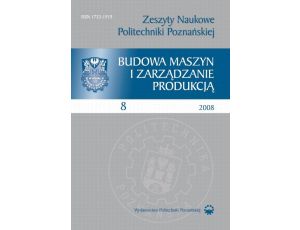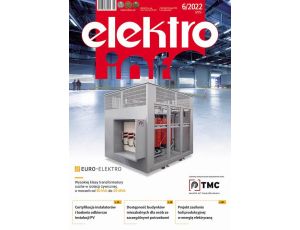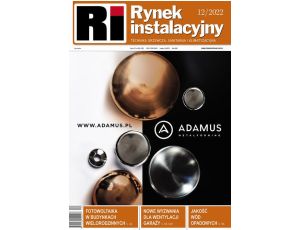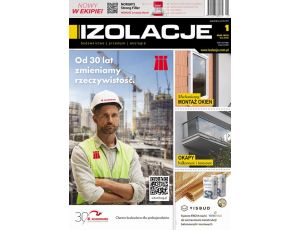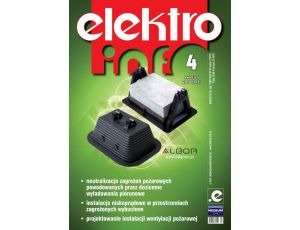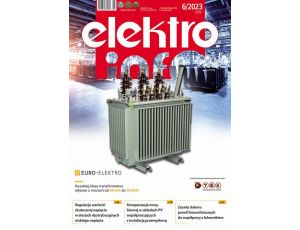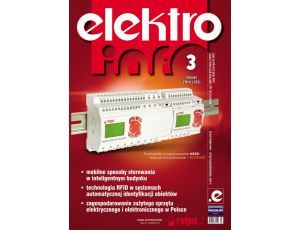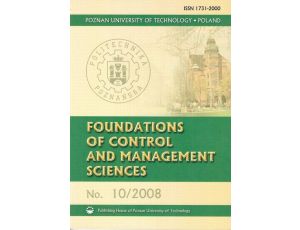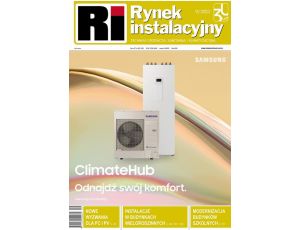The durability of concrete structures is commonly considered in all domains of building activity. One of the promising methods for the durability improvement of con-crete surface is application of controlled permeability formwork (CPF). Nowadays, a number of advanced materials designed to be effective as linings in formwork is com-monly available. The actual effectiveness of such formworks depends significantly on the concrete mixture, its placing and compacting, and many other factors. Despite the good results of individual tests, many aspects of the problem have not been clarified yet. The recent tests were mostly done on specimens and very few results concerning the effects on entire members have been published so far. Apart from different tests on basic properties of concrete surface – like hardness, abrasion, tensile strength, resistance to water penetration and absorption, chloride diffusion, carbonation, frost resistance – the tests presented here were focused on the effectiveness of reduced concrete cover.
Andrzej AJDUKIEWICZ On durability aspects of concrete members formed against permeable formwork 7
Carlo CINQUINI, Matteo BRUGGI On the use of mixed finite elements in topology optimization 17
Sélim DATOUSSAID, Guy GUERLEMENT, Thierry DESCAMPS Applications of evolutionary strategies to optimal design of mechanical systems 35
Krzysztof DEMS, Jacek WIŚNIEWSKI Design of fibre layout in multilayer composite using hybrid algorithms 53
Wojciech DORNOWSKI, Piotr PERZYNA Numerical investigation of localized fracture phenomena in inelastic solids 79
József FARKAS, Károly JÁRMAI Distortions and decrease of load-carrying capacity of welded structures due to residual welding stresses 117
Adam GLEMA Physical and numerical aspects of dispersion phenomenon in solids under impact loading 127
Jan GRABACKI,Iwona JURCZAK-BROSZKO, On geometry of porous medium 147
GREEN,Radoslaw L. MICHAŁOWSKI Shear band formation behind a retaining structures subjected to seismic excitation 157
Michał GUMINIAK, Ryszard SYGULSKI Initial stability of Kirchhoff plates by the boundary element method using a modified formulation of a boundary condition 171-
Tomasz JANKOWIAK, Janusz KLEPACZKO, Tomasz ŁODYGOWSKI Numerical modeling of wave propagation and interaction in bars 187
Daniel LAMBLIN, Laurent VAN PARYS, Thierry DESCAMPS A simplified numerical approach of arches affected by horizontal spring displacements 201
Tomasz LEWIŃSKI On the fundamental problem of opti mum design of anisotropic plates 215
Zenon MRÓZ, Dariusz BOJCZUK Topological sensitivity derivative: application in optimal design and material science 229
Udo NACKENHORST Computational methods for studies on the biomechanics of bones 251
Pauli PEDERSEN, Niels L. PEDERSEN On modeling and optimal design of beambridge structures 273
Anna STANKIEWICZ, Jerzy PAMIN Gradient-enhanced Cam-clay model in simulation of strain localization in soil 293
Erwin STEIN, Franz Otto KOPP, Karin WIECHMANN, Gerhard WEBER Calculemus! New research results and functional models regarding Leibniz four function calculating machine and binary calculating machine 319
Czesław SZYMCZAK The effect of nonlinear restraint on torsional buckling and post-buckling behaviour of a thin-walled column 333
Zenon WASZCZYSZYN, Marek SŁOŃSKI Bayesian neutral networks for prediction of response spectra 343
Marcin WIERSZYCKI, Witold KĄKOL, Tomasz ŁODYGOWSKI Fatigue algorithm for dental implant 363
Janusz WOJTKOWIAK, Czesław OLEŚKOWICZ-POPIEL Investigations of butterfly control valve flow characteristics 381
Peter WRIGGERS, Kishor CHAVAN Beam and shell elements for thin-walled aluminium structures 397
Krzysztof ZIOPAJA, Zbigniew POZORSKI Damage detection and estimation using wevelet transform 413

